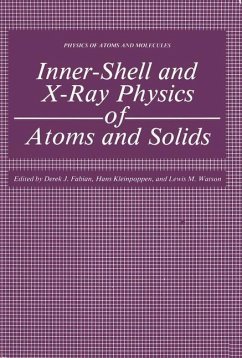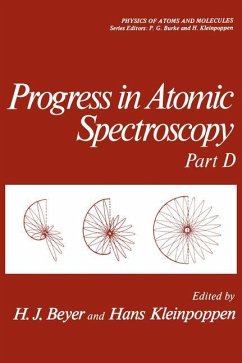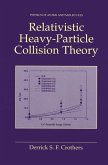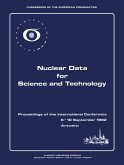A wide range of atomic and solid state phenomena is studied today by means of x-ray excitation or inner-shell ionization, as this volume strikingly illustrates. The strong link between these two fields of investigation is partly the result of the extensive developments within each and also largely due to the broad variety of theoretical and experimental techniques now available. All im portant recent advances are to be found highlighted here; most are substantially reviewed. Two dominant research threads are evident in, the chapters of this book. While clearly distinguishable, they are inescapably en twined. One is concerned with x-ray processes as probes for the study of solid-state effects, the other with the measurement and interpretation of inner-shell and bremsstrahlung processes in iso lated systems. In the first, a given material is made the target in an x-ray tube; in the second, free atoms form the target while a solid material can be used when the effect of the solid environ ment on the excitation processes is negligible. Thus, although inner-shell ionization is predominantly concerned with atoms and x-ray processes with the solid state, there are large regions of overlap which have arisen when a given research technique has de veloped from studies in both areas. To bring out these features we have arranged the chapters in the order: atomic, solid-state, chemical.








